Making the most of an all-you-can-eat buffet at a Pizza Hut restaurant is a hard-wired childhood memory for many of us, making the fact that 68 sites – more than half of the existing Pizza Hut dine-in restaurants in the UK – are set to shutter quite a sad reality.
It’s been a tumultuous couple of years, particularly for the restaurant business. Yesterday’s news of closures and jobs losses marks the second time this year that Pizza Hut’s dine-in operations have collapsed into administration.
In January, DC London Pie – an entity owned by private equity firm Directional Capital – saved 139 of Pizza Hut’s dine-in restaurants after the business entered a pre-pack administration. The deal preserved 3,000 jobs, with just one restaurant closing at the time.
However, mounting financial pressures forced the business to call in consulting firm FTI as administrators yesterday, marking yet another bump in the road for the pizza chain.
Pizza Hut UK – the takeaway and delivery business owned by US company Yum Brands – has since acquired 64 of the dine-in restaurants. As part of the deal, 1,277 team members will transfer to the new Yum equity business, including above-restaurant leaders and support teams.
According to Pizza Hut Europe and Canada MD Nicolas Burquier, the acquisition “aims to safeguard [the] guest experience and protect jobs where possible”.
However, 68 dine-in restaurants and 11 delivery sites were excluded from yesterday’s last-minute rescue deal, leaving 1,210 workers at risk of redundancy.
Why is Pizza Hut getting sliced?
It’s been a challenging year for the whole Pizza Hut brand, which reported a 15% drop in profit to £60m for the second quarter to 30 June 2025, as sales fell by 1%.
Operating as a dine-in and delivery model in an increasingly competitive QSR market “was always going to be a challenge”, says Frank Bouette, partner at law firm DMH Stallard.
“As the market shifted toward fast app-based delivery, delayed investment in tech and logistics has caught up with them.
“It’s a wonder it survived this long,” he adds, noting further pressures such as confused market positioning, the cost of physical restaurants and changing dining trends, as well as inconsistencies in both product and brand due to the franchise model.
Meanwhile, the rise of third-party takeaway models has made it easier than ever for consumers to order food in, while also highlighting competitors’ deals and promotions.
FutureBrand chief strategy officer Jon Tipple says Pizza Hut’s fundamental problem is “it never picked a lane”.
“Is it a place to sit down and linger, or a fast meal on the move? By trying to be for all these moments, it missed the mark,” he says.
“Domino’s doubled down on speed and digital convenience, a pure QSR play. Franco Manca built a story around craft and simplicity. Meanwhile, Pizza Hut drifted, clinging to slow, sit-down service and a salad bar that felt more risky than retro, never committing to either casual dining or convenience.”
Even the one USP that Pizza Hut’s dine-in restaurants had left – the unlimited ice cream – has been unceremoniously nicked by Nando’s.
Is there hope for the dine-in model?
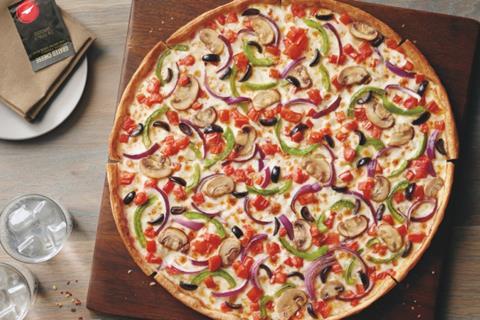
The hospitality sector is under significant pressure, with the previous budget adding £3.4bn in annual costs, according to UKHospitality chair Kate Nicholls, who describes it as a sector being “taxed out”.
“The sheer scale of cost increases hitting the sector is forcing businesses to make tough decisions to cut jobs, raise prices, slash investment and reduce hours,” she explains.
While the group is calling for urgent action in the upcoming budget to lower business rates, fix NICs and cut VAT – all changes that would take pressure off Pizza Hut’s dine-in restaurant operations – it may not be enough to get the ailing business back on track.
Pizza Hut will need a “significant restructure”, suggests Nick Stockley, partner at law firm Mayo Wynne Baxter, who says the current Pizza Hut product appears to be “unattractive to consumers”, warning that this latest attempt at resurrection should not be just “more of the same”.
”Pizza Hut appears to have relied on an aged formula which is out of touch with customers,” he says.
But while it has its challenges, the QSR dine-in segment isn’t going anywhere soon, with Mintel predicting the pizza and Italian restaurant market will grow by 41.3% by 2029.
To survive, Pizza Hut needs to refresh its stores and most importantly its offer, appealing to the modern-day consumer. You can only get so far on 1990s nostalgia.






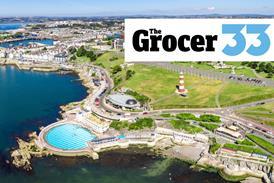
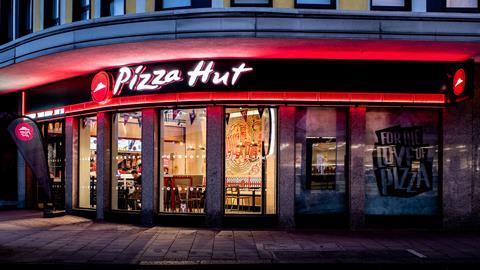
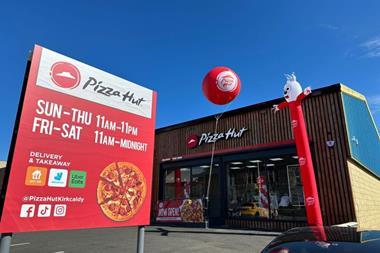


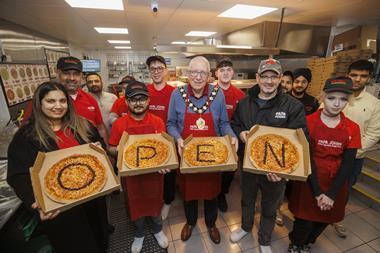
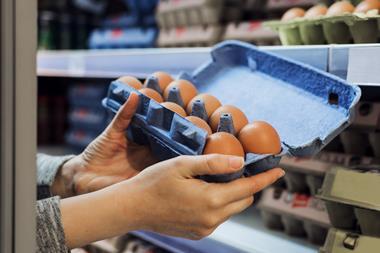


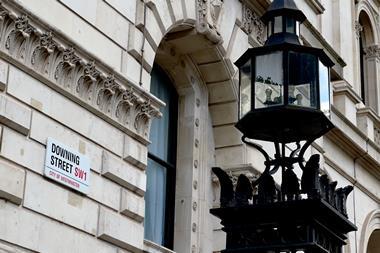




No comments yet